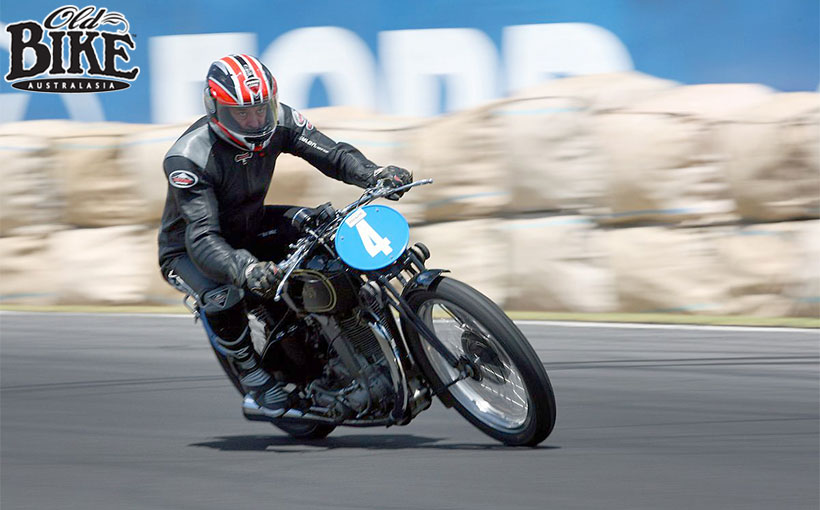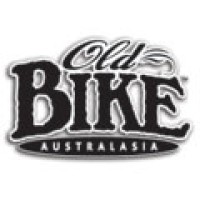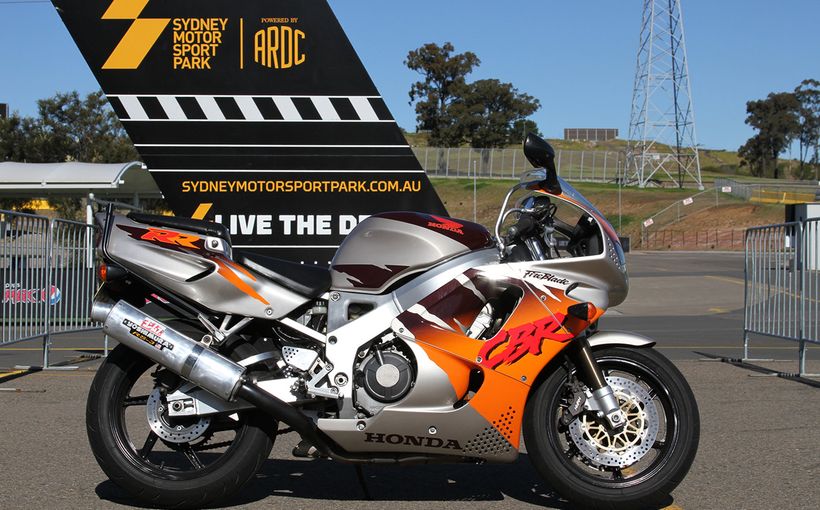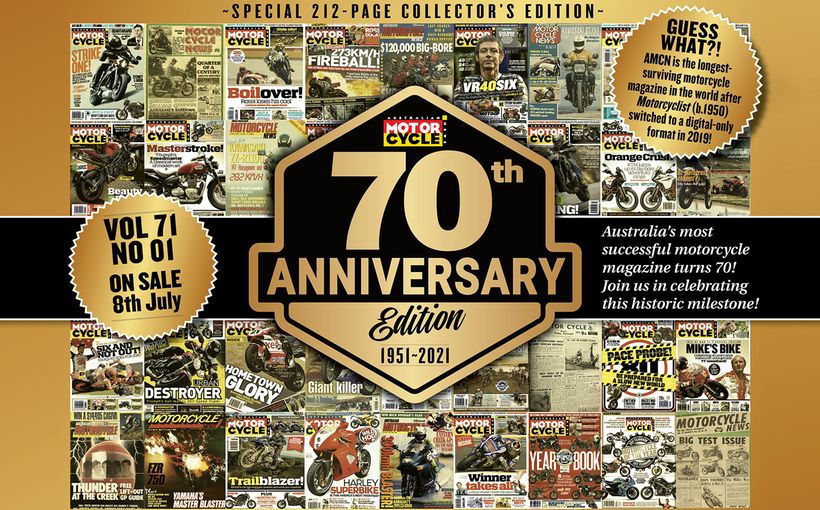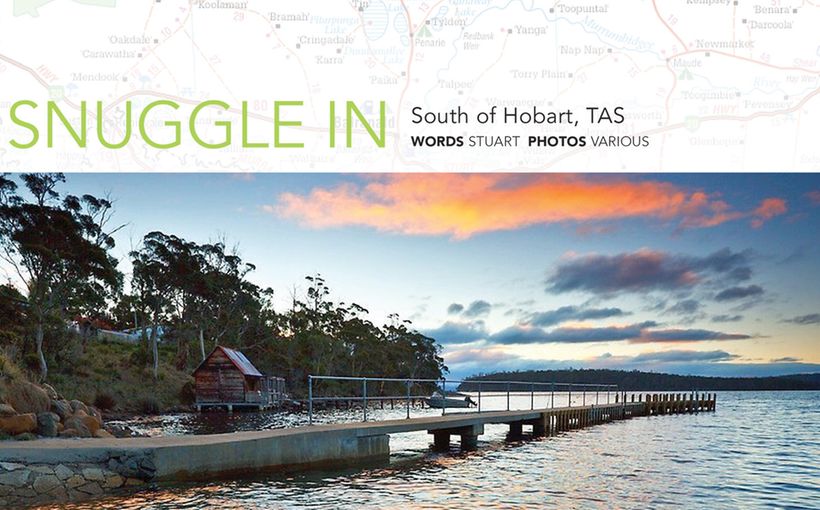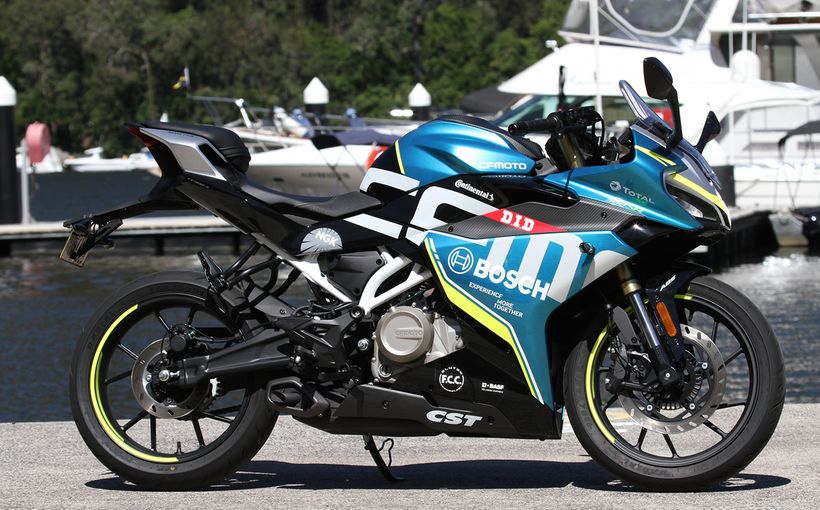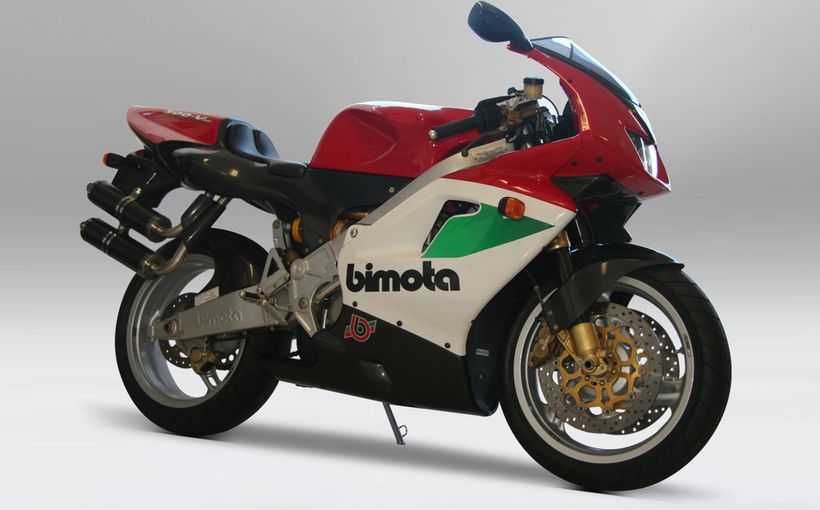
A remarkable rescue
It is commonly, and incorrectly held that all pre-war racing 350cc OHC AJSs were called R7s, with the bigger 500cc brother called the R10. I must admit that I had perpetuated this misconception for many years, that is, until I met Norm and Lynda Maddock, passionate vintage enthusiasts and tireless workers for the sport in New Zealand. It was quickly pointed out to me that the model designation 7 and 10 was introduced for the AJS 350cc and 500cc OHV sporting models in 1926. A special racing model (still in pushrod form) was also listed, and as the AJS letter code for 1926 was G, this became the GR7. The following year the models were H7 and H10, and in 1928 when the first OHC models were introduced they were catalogued as K7 and K10. Thus 1929 became M7 and M10, followed by R7 and R10 in 1930 and S7 and S10 in 1931. Following Matchless’ acquisition of AJS, the model numbering system changed, but the OHC bikes remained with the R designation.
With the AJS factory engrossed in its 4-cylinder 500cc GP contender, little or no development work took place on the 350 until it was relaunched in 1938 as the model 38/7R, and you could buy one (in England) for the not-inconsiderable sum of 90 Guineas. The 500cc OHC model was dropped. A handsome, lithe and functional device, the 346cc 7R, according to the factory brochure, “is offered purely for racing purposes and can be supplied only with full racing equipment.” The brochure went on to say that every machine was tested under racing conditions at Brooklands Racing Track and is not passed for delivery until it has achieved a set minimum lap speed.

The new 7R continued the instantly identifiable chain-driven overhead camshaft first seen ten years previously. The all-alloy engine sported a heavily finned barrel, with distinctive aluminium cases housing the camshaft drive. The drive side mainshaft ran in a four-row bearing. Compression ratio was a fairly tame 8.5:1 and a BTH racing magneto provided the sparks. The frame followed usual AJS practice, with a triangulated rear section that was claimed to offer maximum rigidity. The engine and gearbox were carried in one-piece cradle engine plates. Special heavily-finned brakes – 8 inch front and 7 inch rear – were fitted to the 21 inch front and 19 inch rear wheels.

This particular 7R, engine number 38/7R/1063, one of only three known survivors of the model, was imported to New Zealand in 1938 by Bell’s Cycle and Motor Company of Christchurch, and was ridden in the NZ Grand Prix at Cust in 1938 and 1939 by Howard Tolley. With the intervention of the war, the AJS was laid up and reappeared in the hands of John Dale, who fitted AMC Teledraulic front forks and later, plunger rear suspension. It is thought that while racing at Matarawa in 1952 it apparently suffered some major internal damage, and the machine disappeared from circulation for nearly 50 years.
In 1996, word reached Norm and Lynda that a pre-war OHC AJS engine was for sale, and without hesitation they bought it. In fact, it was most of the engine, because the cambox, camshaft, rockers, valves and valve springs were missing, and there were several broken fins on the head and barrel. However the bonus was that it came with the gearbox and clutch, still mounted in the cradle engine plates, and the engine still sported its original carburettor and magneto.

With typical enthusiasm, Norm and Lynda set about the formidable task of restoring, or recreating, the 7R. Their “emporium of British iron” contained a slightly earlier AJS frame which was almost identical to the 7R job, apart from the mountings for the rear-set footrests and rear brake pedal, and seat and tank mounts. A set of roadster forks was also in their stock, identical except for twin side friction dampers instead of the single unit on the racing models. Alloy rims, available on the 1938 model, were fitted. At the same time, the Maddocks began advertising extensively in the UK and Australia for any parts peculiar to this model, and from Ivan Rhodes in Derby, UK, came an earlier style bare cam box which required quite a bit of work but provided the basis for the top-end rebuild. Around this time, a chap walked into the Maddock’s shed with a pair of actual AJS Competition forks, which he wanted modified to suit his Ariel. A hasty swap saw the customer dispatched with a set of Ariel forks, but even before the AJS forks could be fitted, a second genuine set arrived from Australia! A replica oil tank also arrived from UK, which allowed local craftsman Ken Campbell to construct a new one. The top half of a petrol tank had also been unearthed, but after unsuccessful attempts to graft a new bottom onto this, Steve Roberts built a completely new tank in his usual immaculate style.
While the chassis was slowly taking shape, the mechanical components underwent a complete rebuild, with the work shared between Bryan Thomas, Greg Pitches and several others. Thomas created the new camshaft and vernier drive assembly and fitted Manx Norton hairpin springs and collars. Norm refurbished the magneto and carburettor, and then started on the gearbox – a heavyweight Burman BAP racing box with close ratios. Inspection showed that the internals were rather clapped out, but that these components were supposedly identical to pre-war TT Replica Vincent items. A USA classic racer by the name of Carlton Palmer III, had obtained four sets of gears from Nova Transmissions in UK, and agreed to part with the last remaining set, although not without a considerable cash inducement.

With the project starting to look like a 7R again, the machine was delivered to Ken McIntosh to make an exhaust pipe and many small fiddly bits. New oil pump gears were made, new oil lines fitted and finally, the tank topped up with a large dose of Castrol R oil. With some trepidation, the AJS was pulled back on compression, and after a few steps burst into life for the first time in half a century. Thereafter it was stripped again for final painting and plating, and appeared in its new form on January 5th, 2002 at its old stamping ground – the former NZ TT circuit at Waiheke Island where a large number of original machines and former competitors gathered for a reunion. Since the, the 7R has been a constant fixture at Classic race meetings in New Zealand, and also crossed the pond to the Island Classic at Phillip Island in 2006. The Maddocks have also learned of the existence of a similar machine in South Australia, so that makes a total of four in the world.
When Norm and Lynda offered me the chance to ride the 7R in the Regularity Event at the 2009 Pukekoke Festival I jumped at the chance, having sampled their wonderful TT Rudge the previous year . The AJS is without doubt a glorious looking machine, but even more so when you consider that it was little more than scrap when Norm and Lynda began their massive task. The fat barrel gives the impression that this could be a 500, and that handsome ‘conning tower’ housing the cam chain is AJS all over. Interestingly, the engine slopes slightly to the rear and is clearly visible in this fashion in the early photographs and official brochure. Just what engineering consideration dictated that the motor was best slanted by a couple of degrees I do not know, but there was doubtless a reason. And that tank! Any machine’s crowning glory, the Steve Roberts recreation is beautifully painted in the traditional AJS black with gold pin striping – the work of Brian Meadowcroft.

In (and occasionally out of) the saddle
Naturally, the 350cc AJS is not exactly a neck-snapper under acceleration, but once it gets up a head of steam it is very impressive, and by the hairpin at the end of Pukekohe’s long bent back straight, it is motoring quite rapidly. The front brake does an excellent job of arresting progress. The hairpin actually drops away to the right and the road is full of graunch marks from undercarriage, but nothing scraped on the 7R. Then came the tricky part – the double left and the fast right hander over the brow of the hill onto the front straight, which seems to get bumpier and rougher with every passing year. Reminding myself to get far back onto the bum-pad on the rear mudguard and keep the throttle wound on as I quickly moved through the first three gears in the excellent gearbox, the 7R bounded over the ripples admirably, with the wonderful exhaust note from the big megaphone barking back at me from the inside Armco.
Now for the really interesting bit. The braking area (or non-braking area if you’re really brave) for the first turn contains some waves that would test even long-travel motocrossers, thanks to V8s and trucks that have pounded the surface into submission in recent years. The only form of defence is attack – to hit the undulations on a trailing throttle is to invite disaster – and to the 7R’s credit it sailed through the corner with only a slight amount of plunging and porpoising. With confidence and more and more throttle, each successive lap became easier and more predictable. The only spot where the 7R felt a bit lame was the corner onto the back straight; the engine falling just out of the power band in second gear.
Once again I am indebted to Norm and Lynda for the opportunity to sample a rare racer – a machine that was plucked from the graveside and lovingly restored for the benefit and enjoyment of future generations.
Protect your AJS. Call Shannons Insurance on 13 46 46 to get a quote today.

